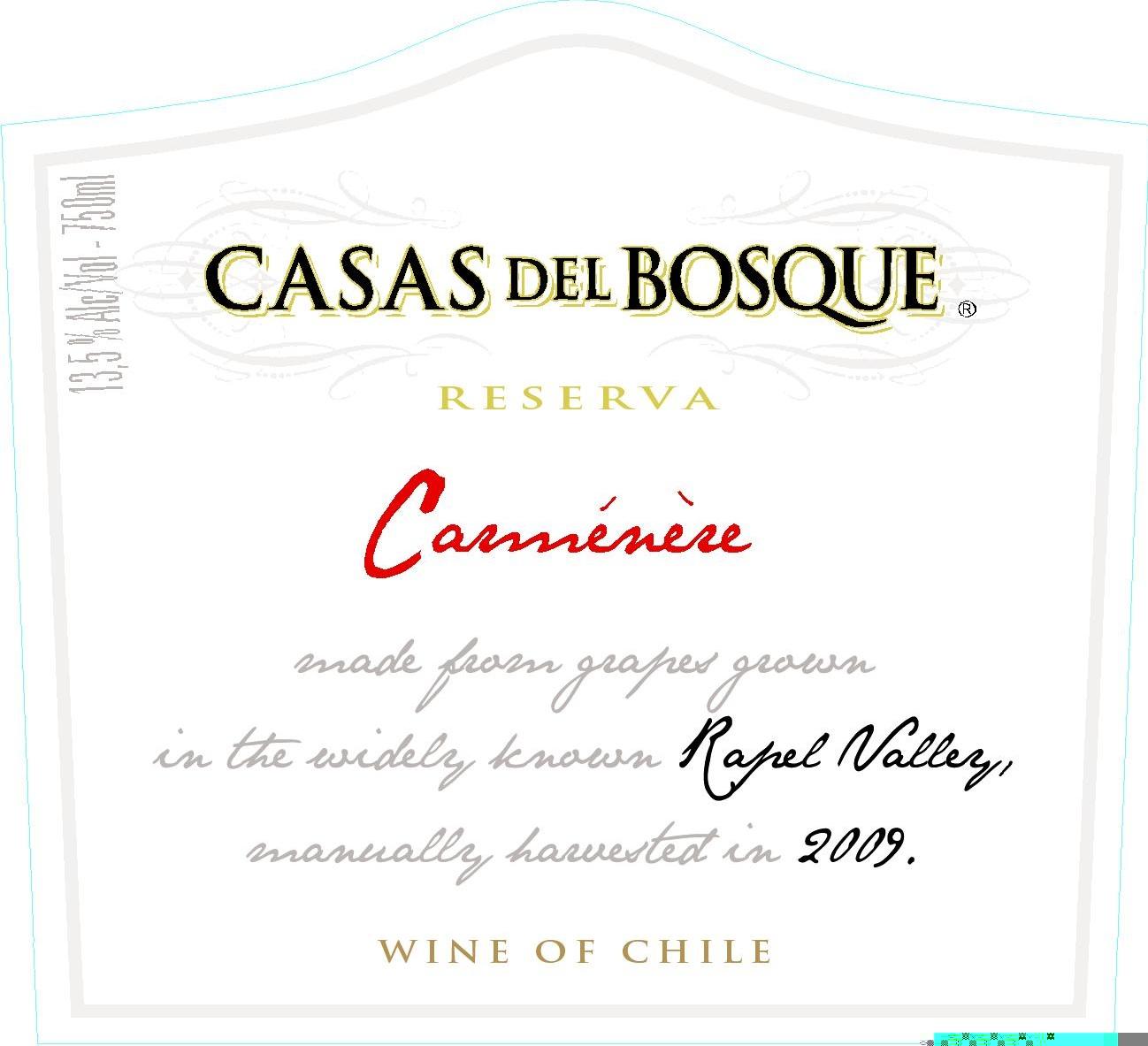2009 Rapel Valley Carménère
Casas Del Bosque Reserve is a captivating red Carménère from the esteemed Rapel Valley. This vintage, hailing from 2009, offers a full-bodied experience coupled with pronounced acidity, making it a delightful choice for those who appreciate a lively palate. The wine exhibits high fruit intensity, with vibrant notes of blackberries and plums that are beautifully interwoven with hints of dark chocolate and spice. Its tannins are notable and structured, lending a wonderful depth and complexity to each sip. Additionally, this wine presents a dry profile, ensuring a clean finish that leaves a lasting impression. Enjoying this exceptional Carménère is truly a journey through the rich terroir of the Rapel Valley, showcasing the unique characteristics that make this varietal so beloved.
Casas Del Bosque Reserve is a captivating red Carménère from the esteemed Rapel Valley. This vintage, hailing from 2009, offers a full-bodied experience coupled with pronounced acidity, making it a delightful choice for those who appreciate a lively palate. The wine exhibits high fruit intensity, with vibrant notes of blackberries and plums that are beautifully interwoven with hints of dark chocolate and spice. Its tannins are notable and structured, lending a wonderful depth and complexity to each sip. Additionally, this wine presents a dry profile, ensuring a clean finish that leaves a lasting impression. Enjoying this exceptional Carménère is truly a journey through the rich terroir of the Rapel Valley, showcasing the unique characteristics that make this varietal so beloved.




